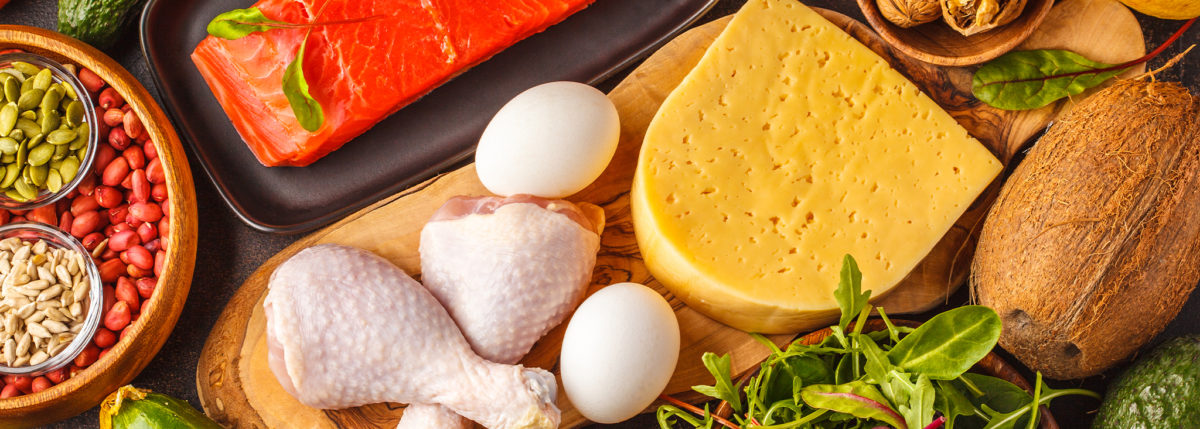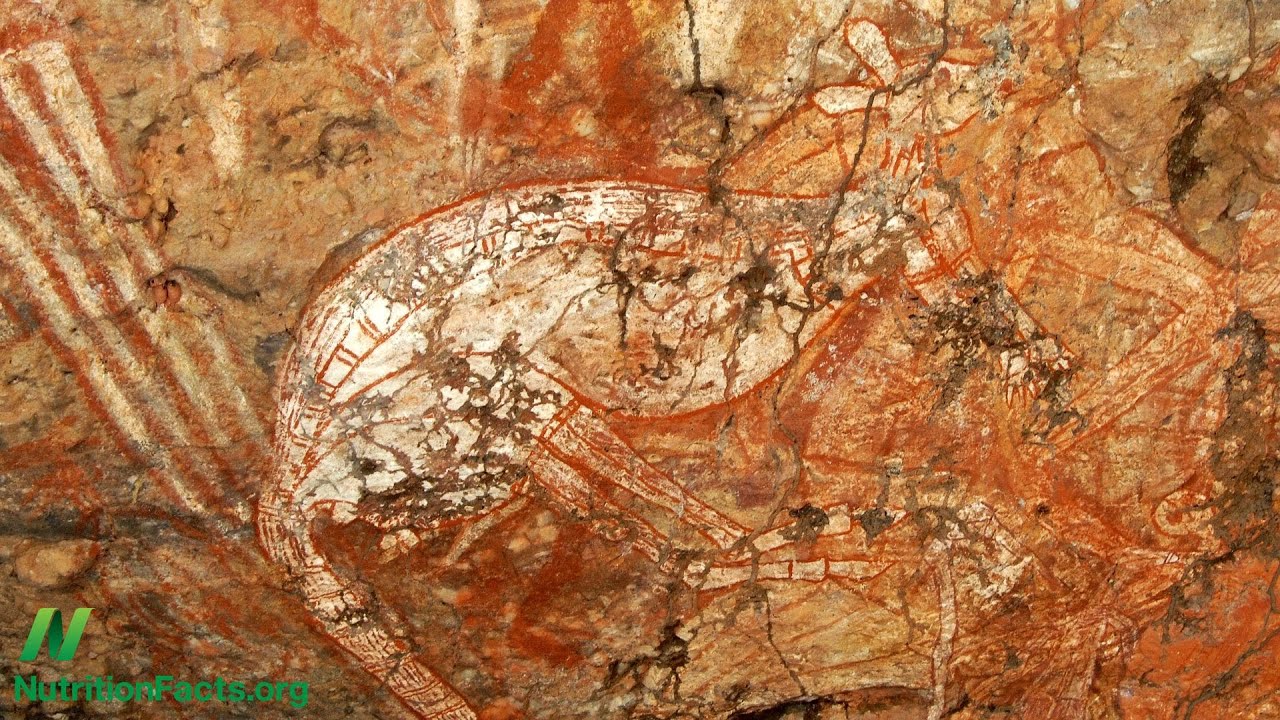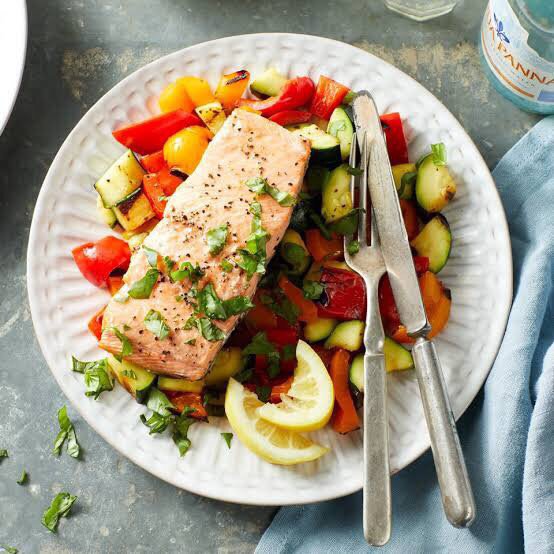
Dr. Loren C. Cordain, an expert in nutrition and exercise physiologicallogy, is a strong advocate of Paleolithic eating. However, there are many misconceptions about Paleolithic eating habits. Let's look at the myths associated with this diet to see why it is important to eat healthy foods. These are some of the most popular myths surrounding this diet.
Dr. Loren Cordain
Dr. Loren C. Cordain is a well-known authority on human evolutionary history. He's been featured on The New York Times, Wall Street Journal and Dateline NBC. He is also a world-renowned expert on the natural human food. He is the author of more than 100 peer-reviewed scientific papers and pioneering research on the health benefits that eating foods from Stone Age ancestors can have on this subject.
Dr. Cordain's research focuses on the evolutionary and anthropological bases of our diets. Many of his publications analyze the nutritional compositions wild plant and animal food consumed by early people. He is the world's foremost authority on Paleolithic diets, and has given numerous lectures on the subject. His books on the subject have been widely read and are very popular. Learn more about Dr. Cordain in his biography.
His research

Loren Cordain has discovered a link between modern-day diseases and diets. Stone Age people ate less sodium (and potassium) than modern-day diseases. The Middle East also had a higher intake of fruits and vegetables. This may explain some of the diseases of modern civilisation. What if diet is only part of the problem? Why haven’t more people been eating fruits and vegetables instead?
Paleo is one of today's most popular health movements. It discourages grains, whole grains and legumes, as well dairy, processed foods, and vegetable oil. Researchers have repeated the same recommendation. Paleo diet has been shown more effective than other diets in improving your immune system and health. Although Dr. Cordain’s research isn’t conclusive that these foods are necessary for human survival, it can be used by many to benefit.
His book
This book will explain the science behind Paleolithic eating habits. American scientist Loren C. Cordain specializes both in nutrition and exercise. His book Eat to Live was the first to be written by a leading Paleolithic advocate. Cordain's methods have been supported by many studies, even though there are still some people who doubt them.
Loren Cordain is an associate professor at Colorado State University. He is also a world-renowned expert in exercise physiology and nutrition. He has worked with world-renowned scientists to develop the Paleo Diet. This is the first book by one of the founders this trendy diet. The book explains how Paleo Diet transformed our lives. It's time to change your diet.
His opinions on nutrition

One of Dr. Cordain’s greatest contributions in modern health is the science behind diet. He holds a doctorate from the University of Utah in health. Since 1982, he has taught at Colorado State University. He is a well-known authority on natural human diets and has been featured in Dateline NBC and the Wall Street Journal.
Cordain gives valuable insight into the advantages of the paleolithic lifestyle by looking at its history. First introduced to the world by Dr. Boyd Eaton, the Paleo diet has become one of the most popular dietary trends in recent years. Dr. Cordain continues his research on the health benefits of the Paleo diet for all ages, even children. He also offers insight on legumes and dairy and the health benefits of carbohydrates.
His critics
In their criticism of Loren Cordain's Paleo Diet, critics cite numerous facts and examples to show that this diet is not healthy. Although lean meat has a high protein content, it lacks essential nutrients like calcium, salt and folic acid. Additionally, the body does not receive protective nutrients like vitamin A or omega-3 fatty acid.
FAQ
What are the basic skills of cooking?
Basic cooking skills include reading recipes, measuring ingredients, cooking safely and cleaning up afterwards. These are the essential skills you will need to be able cook for yourself. You can also save money by cooking at home.
What are the Essential Skills to Be a Chef?
A bachelor's degree is required to become a chef. You will also need to pass several tests administered by ACF. After you have completed all requirements, you will receive a certificate confirming your qualifications.
How to be a Chef
There are many paths to becoming a chef. To start, you can take a course at your local community college. Consider attending culinary school. Finally, you can take a paid internship.
How much does it cost to study Culinary Arts?
It is not easy to find a culinary arts degree that costs less than $40,000. A four year degree is typically around $40,000. On the other hand, a two-year associate's degree may cost less than $5,000. Tuition rates vary depending on what program you choose. Public institutions are more expensive than private institutions.
Are there any requirements to become a chef?
No. Many chefs started their careers by learning on their own. Some even went to culinary school just to gain experience. Culinary school is preferred by most chefs because they have more opportunities to grow and learn. Culinary schools offer hands-on training which allows students to improve their skills and knowledge of cooking.
Statistics
- under 10 Kids have been taught that there is special food just for them, and Fiese says that 10 percent of kids will throw a tantrum if they don't get the food they want. (washingtonpost.com)
- On average, chefs earn $58,740 a year, according to the BLS. - learnhowtobecome.org
- The median pay for a chef or head cook is $53,380 per year or $25.66/hour, according to the U.S. Bureau of Labor Statistics (BLS). (learnhowtobecome.org)
External Links
How To
How to make a perfect eggroll
Omelets is one of my favourite breakfast foods. How can you make them perfectly? I've tried many recipes and different methods but none have worked. So I am sharing some tips and tricks today to help you make fluffy, delicious omelets every morning.
It is important to know that eggs can be temperamental when making omelets. They must be fresh, preferably from the organic market, and be kept cold until cooking. If you don't keep them cold enough, the whites won't form properly, and the yolks will break down too much and become runny. This will make your omelets appear strangely colored. If you want to make omelets right away, it's best not to use eggs that are too cold.
Another tip is to separate each egg before adding them to the saucepan. You don't want the white to get mixed with the yolk, as this could cause the egg to curdle.
If you add the egg directly onto the stovetop, you might end up burning the bottom part of the egg, which would ruin the texture of your omelet. Instead, microwave the egg for 10 seconds before adding it to the pan. The heat from the microwave cooks the egg just enough without overcooking it.
Next, let us talk about how to mix the eggs. You want to mix the eggs thoroughly before you add them. You can do this by turning the bowl of your mixer upside down. Next, shake the bowl vigorously. This way, the air inside the bowl gets whipped around and mixes the egg thoroughly.
Now comes the fun part - pouring the milk into the mixture. Pour half the milk into the beaten egg mixture and then fold in the eggs. Do not be alarmed if there are still egg streaks visible. Once the omelet flips, these streaks will disappear.
After folding the eggs, place the pan on medium heat and wait for the oil to start sizzling. Once the oil starts getting hot, add 1/4 cup of butter to the pan and swirl it around to coat the entire surface of the pan. Next, carefully open the lid and sprinkle salt into your pan. The salt will help to prevent the omelet's sticking to the pan.
Cover the pan once the omelet is formed and allow it to cool completely. Flip the omelet by using a spatula. Cook the other side for another minute or two. Serve the omelet immediately by removing it from the pan.
This recipe is best when used with whole milk. But, you can use skimmed milk as well.